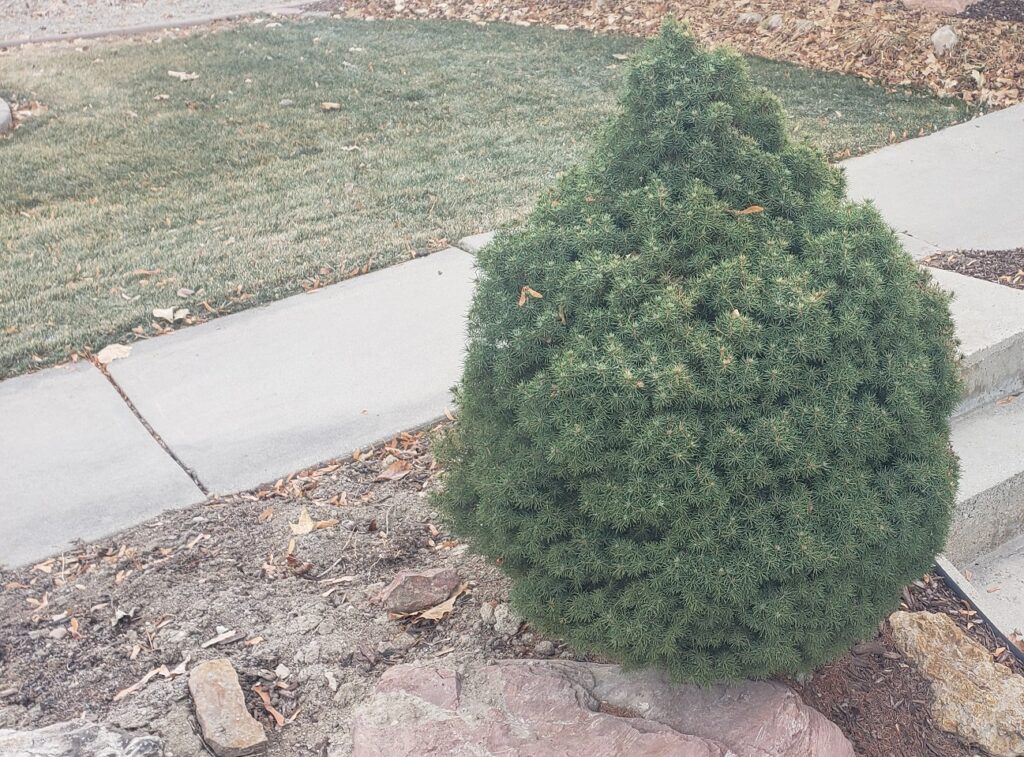


Whether you planted a young tree in the past few months or you’re just worried about particularly vulnerable trees freezing this winter, there are things you should do right now to protect them. Count on The Dirt Bag to be your go-to resource for all things gardening year-round, and that includes during the coldest months. Freezing is any temperature 32 degrees and below, and we certainly hit those numbers throughout the state. Any time a younger tree has to withstand sustained periods of freezing, it’s at risk of freezing leaves and branches.
Some trees are inherently more at risk of freezing than others. These include trees we probably don’t have in this part of the country, such as citrus, Eugenia, Catalpa, Jacaranda, and Oleander to name just a few. It’s no surprise that tropical and sub-tropical plants just don’t do so well in freezing weather, but trees that are tender, young, or with new growth are also at risk even if they are native to the area.
Add in the fact that winters are getting colder and harsher, and that’s a recipe for a possible tree freezing disaster. It’s not too late to take action. Here’s what you can do to give your trees an edge during the icy season.
The first step is to simply cover your trees. The best materials are burlap, tarps, and even sheets. Make sure the coverage extends from the ground up so you can capture the heat from the earth. Frames and stakes are a must to reduce any gaps between the material and the ground. For potted plants, it’s a lot simpler—just bring them inside. If that’s not possible, a covered area is better than being exposed to the elements.
Bear in mind that moist soil is going to absorb more solar radiation, and it’s also going to re-radiate during the night. For larger trees that need to be protected, sprinklers turned on during 4 – 6 a.m. (the coldest timeframe) can be beneficial. This utilizes latent heat that gets released when water transitions from liquid to solid. Whenever an ice crystal develops on a leaf, those crystals are drawing moisture out of the leaf. The resulting, damaging dehydration can be minimized if you make sure the plant or tree isn’t already in a deep state of drought.
You can also take some steps to minimize freezing damage by getting rid of any weeds or turf below tree canopies. Bare soil is the best to absorb and reflect heat. Mulch, and particularly wood chip or shredded bark mulch, helps to prevent loss of moisture while also insulating roots. You don’t have to wait until spring to mulch! You can also plant trees and plants that are prone to freezing close to reflective heat sources like walls and buildings.
If a freeze does occur, don’t panic—and don’t prune right away. Wait until spring because the damage might look worse than it is. However, if a dieback is severe, you can protect newly unshaded areas of a trunk or branch with a whitewash or partial cover. For more tips, contact The Dirt Bag today.